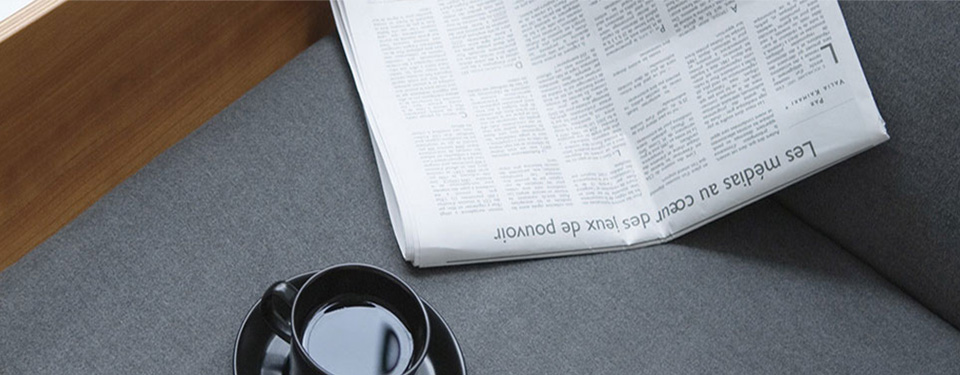- search keyword:
- PCBA proofing
- PCBA processing
- SMT foundry
- PCBA plate making
- SMT patch
- SMD ODM foundry

One-stop SMT/PCBA/OEM electronic contract manufacturing service provider

Address: Room 1204, Dahong (Xinqiao) Science and Technology Innovation Park, No. 48, Xinyu Road, Shajing Street, Baoan District, Shenzhen
Phone: 0755-29727486 0755-83734215 0755-83734236
Person in charge: Mr. Fan 13088821718
Email: roman@leikashi.com
Business section #605
Email: allen@leikashi.com
Website: www.lz7yi.cn
